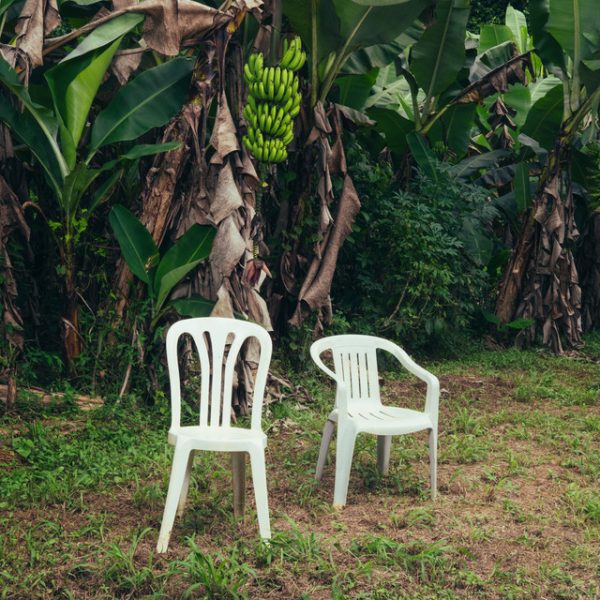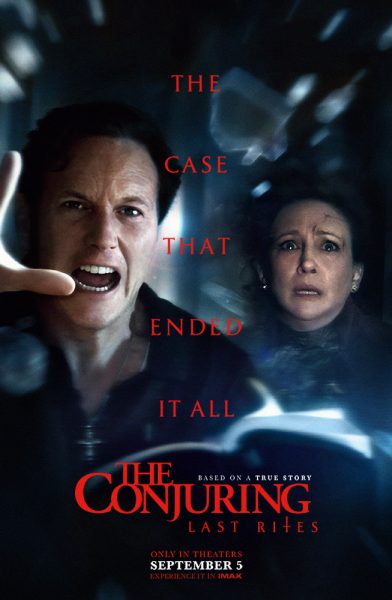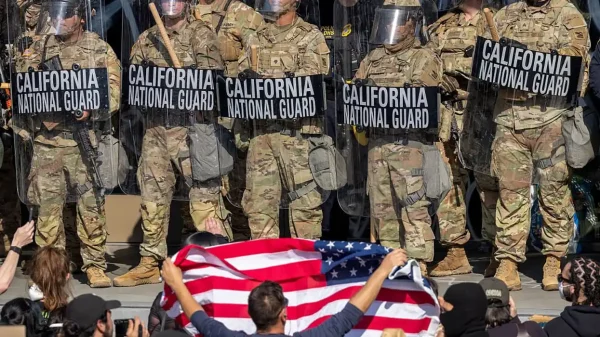Artist’s Corner: Painting 1 uses Watercolors
Using different techniques and their own creative ideas, Painting 1 students use watercolors to depict a unique place in the world.

5th Period Painting 1 students are hard at work creating their colorful pieces of original art.
GPS, Google Maps, or other map apps are taken for granted. Credit to those who created maps in ancient days is easily overlooked. Mapmakers originally produced maps by hand using watercolors to create them. Through the Renaissance movement, watercolor gained popularity with other uses such as landscape painting, but it was not until the 18th century that watercolors truly took hold in the artistic world.
Painting 1, a class at West, allows students to use this technique of watercolor to inspire their own piece of work in one of their projects. Instructed to find their own image of a map of anything in the world, whether it is a town’s layout, or the map of a continent, the students were then told to use watercolors to paint their maps.
The next step was to brainstorm for three completely different objects, events, or characteristics of the specific region in which their map covers. For example, if it was Glen Ellyn the student may have used downtown Glen Ellyn to depict their map. They added these three images over the top of their maps using contact paper–a type of paper which has one adhesive side to it.
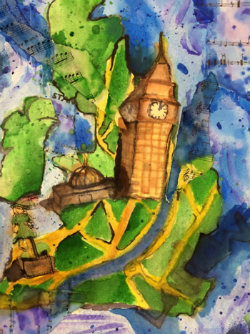
Catherine Teuthorn, sophomore, uses distinct colors to paint the map of London and its attractions.
Sophomore,Catherine Teuthorn, explains her choice of images for her artwork, “The map I chose was the map of London. Why I chose it was, besides the fact that I have always wanted to live there, in my opinion I think it is the one most beautiful places to capture and to love. What was the most fun I did towards the project was painting Big Ben.”
They then picked different types of paper like a sheet of music or newspaper and ripped it up into different pieces. These pieces were pasted onto the piece of art to add to the idea of their map’s location. The final step was to use a specific technique of watercolor to add a final touch of color.
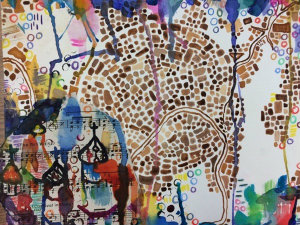
Alex Farmer, sophomore, creates a vibrant colored map depicting the city of Moscow and the St. Basil’s Cathedral.
In the work created by Alex Farmer, the technique of stamping was used.
Alex says referring to this technique, “ For me the most fun part of completing my piece was stamping it. I used a technique where you take a straw and place it directly into the watercolor pigment & then push the straw against the paper. This results in a stamp in the shape of a circle being left on the paper.”
She also uses a technique where paint is set at the top of the paper and then the paper is tilted allowing for the paint to run down the paper.
In another work, Catherine Teuthorn applied multiple techniques including rubber cement, splash technique, and salt.
The rubber cement is applied to the paper directly and acts like a resistant to watercolor so that the watercolor is unable to coat that section of the paper instead leaving it white. The splash technique involves flicking paint onto the artwork with a paintbrush creating a “splash” design. When using salt, the bits of salt are sprinkled over the artwork and due to the salt’s absorption of water, little specks of white and a raindrop-like texture is created.
Using these different elements in their project, the artwork becomes a piece of abstract art. Abstract art is an art style in which it is not clear as to what is being depicted. Georgia O’Keaffe, a twentieth century modern artist, used this style in many of her paintings. Her famous Red Poppy, which was a close up of poppy flower, uses the style of abstractness. The students of Painting 1 also used her ideas to inspire their own works.
Mrs. Cann, Painting 1’s art teacher, states, “One of my favorite things about working with Painting 1 students, is witnessing them experience new painting techniques. I love when students come into my class with little to no experience and then leave with a broad range of painting knowledge. I also love when experienced painters come into my class and share their knowledge, but also gain more knowledge.”
Just like the mapmakers and Georgia O’Keeffe during their time, the students of Painting 1 have made an impact at Glenbard West with their colorful art and ideas integrated into their painting. Look forward to their future projects which will be hung in the main hall on the third floor!
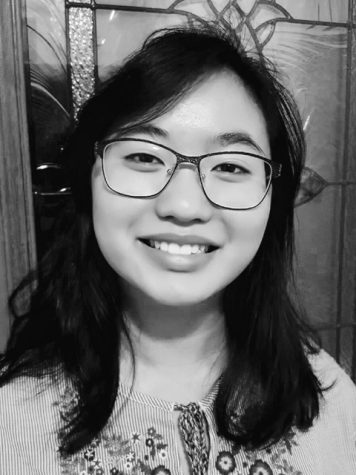
Emma Blackwell is senior at West and is both the Editor-in-Chief of The Glen Bard and a columnist. Her main column is called "Artist's Corner" and covers...


